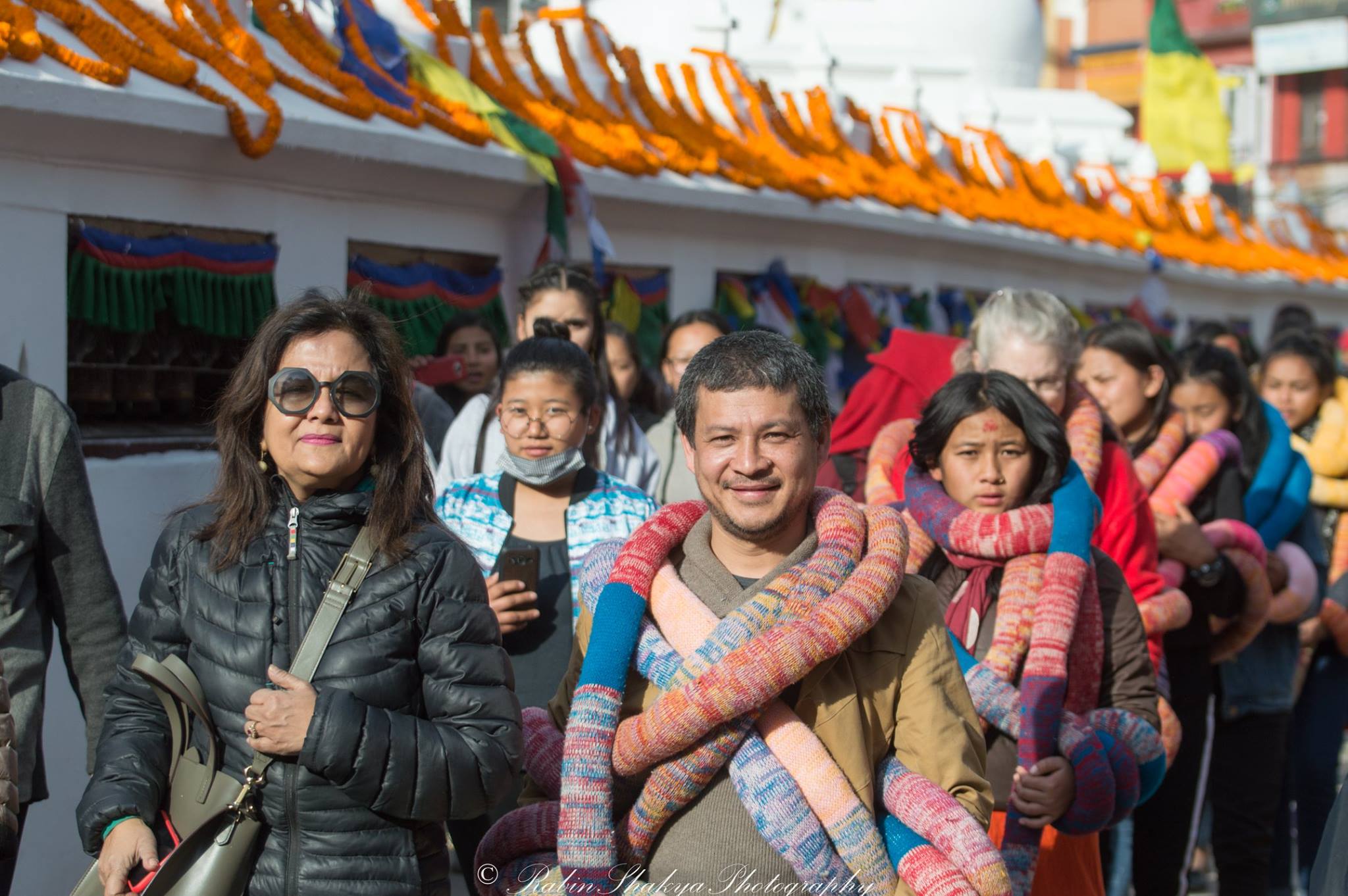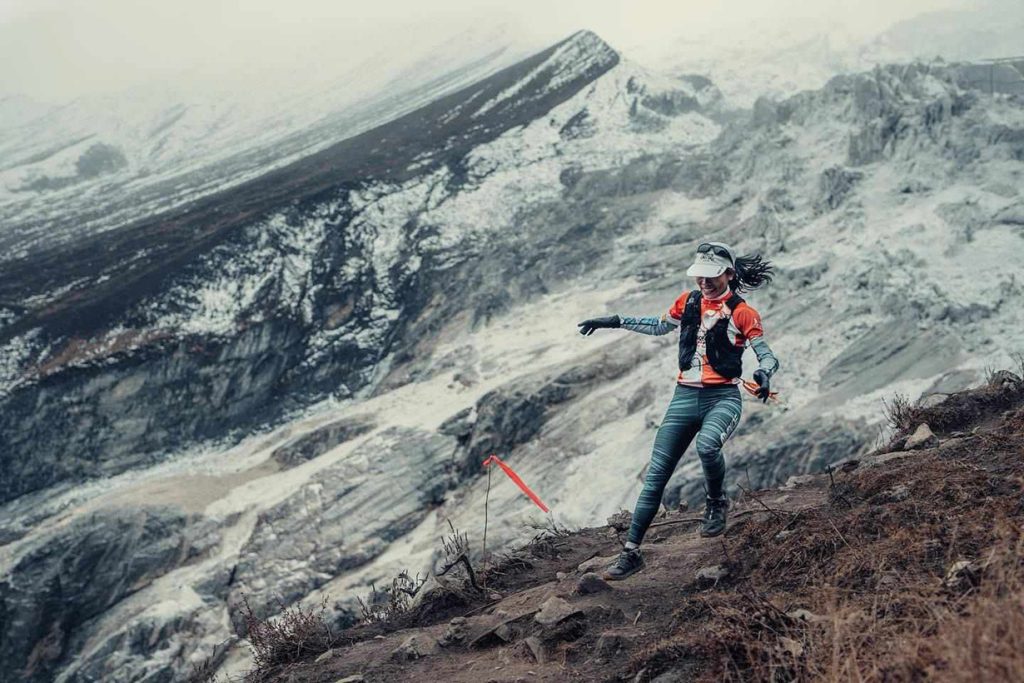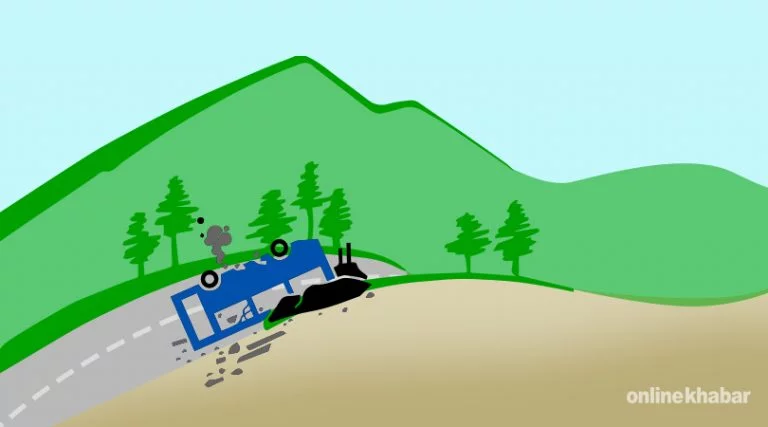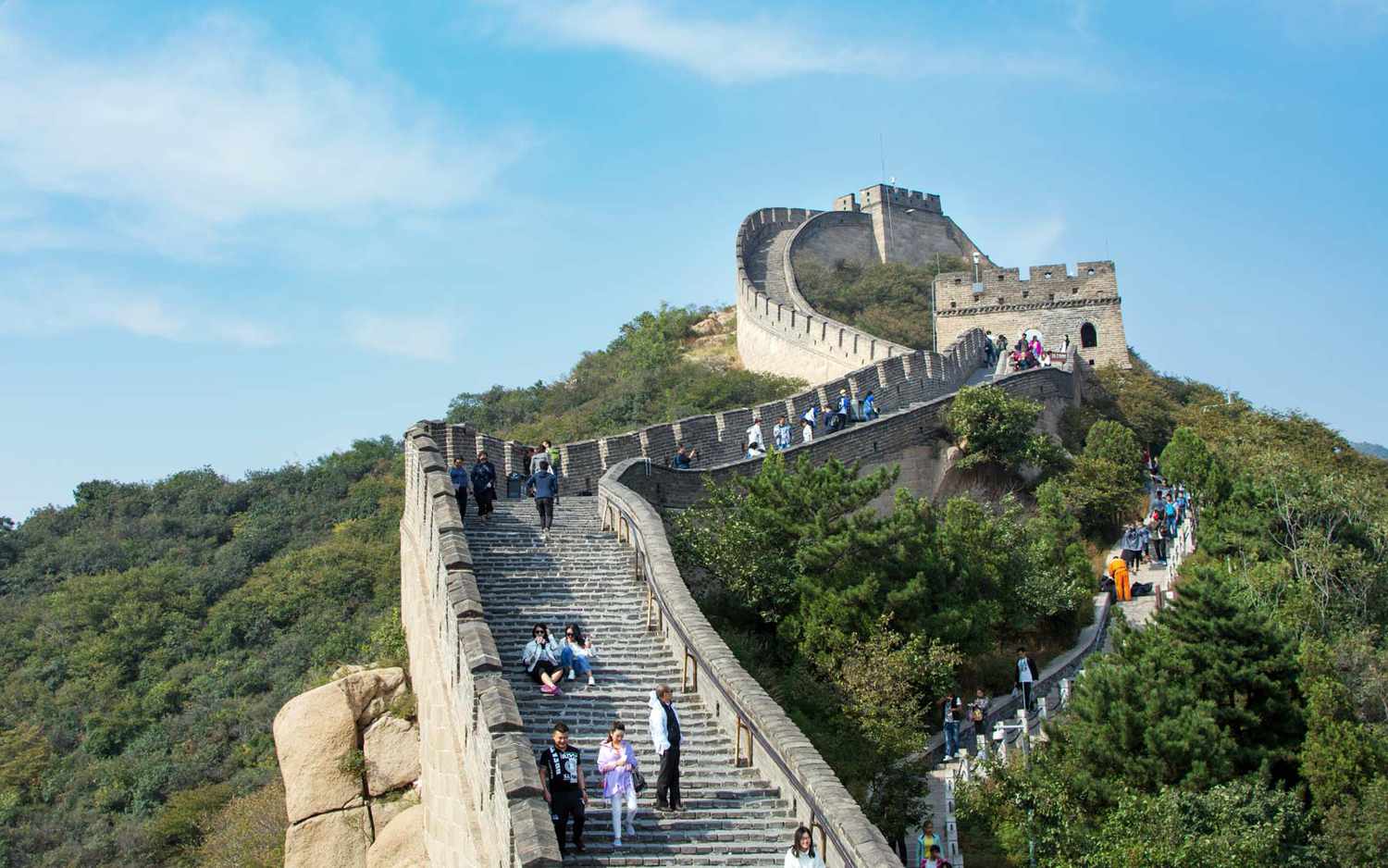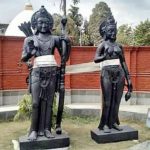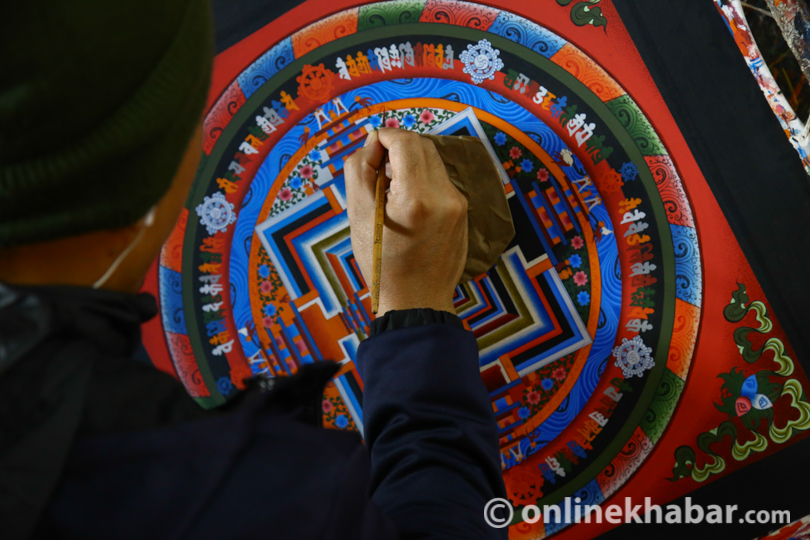
Kul Bahadur Lama, who is in his 50s, has had one job for over 20 years.
“I get paid well now, but it wasn’t the case until a few years ago. I started out with a salary of Rs 3,000 a month. It took me nearly 15 years to become a master thangka painter. I started as a helper to one of my gurus. It’s the only thing I’ve done all my life and now I feel good about it,” says Kul Bahadur.
Thangkas are no ordinary works of art. After Lama is done painting, he never signs it because it’s not just a mere work of art, it’s a collection of teachings that have been passed down from generations. The thangkas are scrollable Tibetan religious paintings that are usually made on cotton with silk brocade framing. For believers, they serve as aids to meditation and are objects of veneration as well as narrative. Their subjects range from single deities to dozens of celestial beings in complex mandalas. For those who appreciate art, they serve as ‘show pieces’ at palaces, hotels and even home, and for tourists coming to Kathmandu, they are souvenirs to be taken home.
Although it is difficult to point out exactly how the traditional Tibetan artform entered Kathmandu, one could easily say that traders from the valley frequented the plateau and cultural ties between the two places can be traced back centuries. It doesn’t come as a surprise that Nepalis quickly learned the traditional art and marketed it as a souvenir–that was where the money is.
The entire thangka industry in Kathmandu is now reliant on tourism, a part of the economy that has many stakeholders–each trying to make the most profit. Thangka painters have ended up at the bottom of the pyramid–getting the least money for their hard work. In addition to that changes in the tourism industry in Nepal in recent years have also hurt them badly.
“We don’t have control over the price of thangkas. We spend months painting them but the traders with their big shops in Thamel or Bouddha come and pay a minimum amount for our work,” shares Kul Bahadur. “It’s not fair for all the up and coming painters who spend months doing the one thing they love,” he adds.
According to industry insiders, tourists guides are the main salesmen for the painters. They bring tourists to the thangka shops, narrate to them the glorious history of the tradition and convince them to part with a few hundred dollars to buy one. But they do not do that for altruistic reasons. “On average, we have to pay the guides around 30 per cent of the price. We also need to keep a margin for ourselves and pass on the whatever money is left to the painters. Sometimes they [the guides] ask as much as 50 per cent and that’s not fair,” says Meena Lama, owner of Unique Tibetan Traditional Thangka Arts, a thangka shop in Thamel. But what happens if you don’t give them the commission they want? “It’s simple. If we don’t give them what they ask for they will take the tourists to another shop. As of now, we are pretty helpless and dependent on them,” adds Meena.
This means that people like teenager Dorje Sherpa, who recently started drawing thangkas, earn as less as Rs 8,000 ($80) a month. “As much as I love painting thangka, I don’t think that I can continue doing it because I have to support my family.”

“It’s difficult to have a stable life doing this. I sit here and paint for six hours every day but the pay isn’t as attractive. For the time I spend doing this, I think I could earn a lot more if I did something else,” says Kul Bahadur whose thangkas sell for hundreds of dollars.
The industry’s dependency on tour guides has increased more rapidly in the previous years, observers say. Nepal is becoming a popular destination for backpackers, who compared to hi-end tourists, have little value for art, says Krishna Shrestha, who owns a thangka shop in Bouddha. “In the past, we used to get a lot of tourists who understood art and bought a lot of it when they visited Nepal. We’re not just talking about thangkas, they bought wooden and stone sculptures as well. But now the streets are filled with backpackers who don’t seem to spend a lot. They have a limited budget and buy anything the guides suggest.”
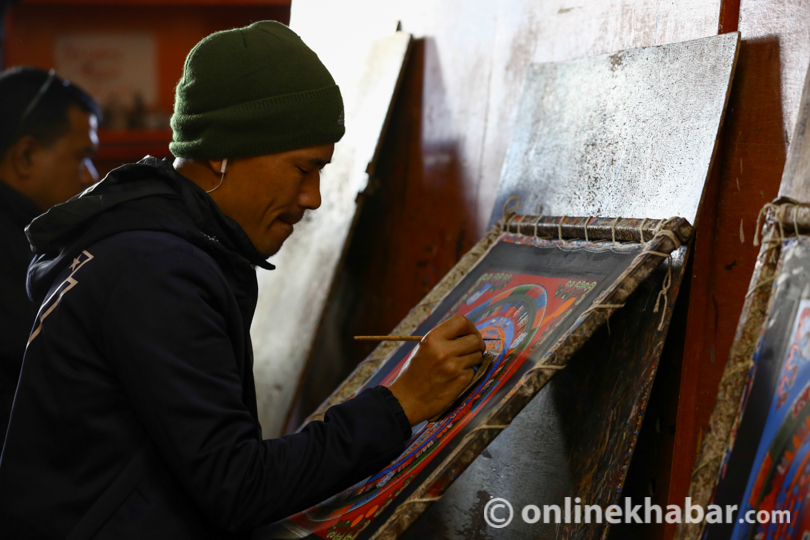
To aggravate the situation, there are shop owners who buy paintings from people like Lama and Dorje and claim the paintings were made by them–it’s easier for them to do so as the painters don’t sign their name on their work.
Even with so much going around him, Kul Bahadur Lama, meanwhile, is busy painting. There are strong reasons for him to want to quit.
“I do it because I don’t have nothing else to do; it has become a part of my life,” he says.






